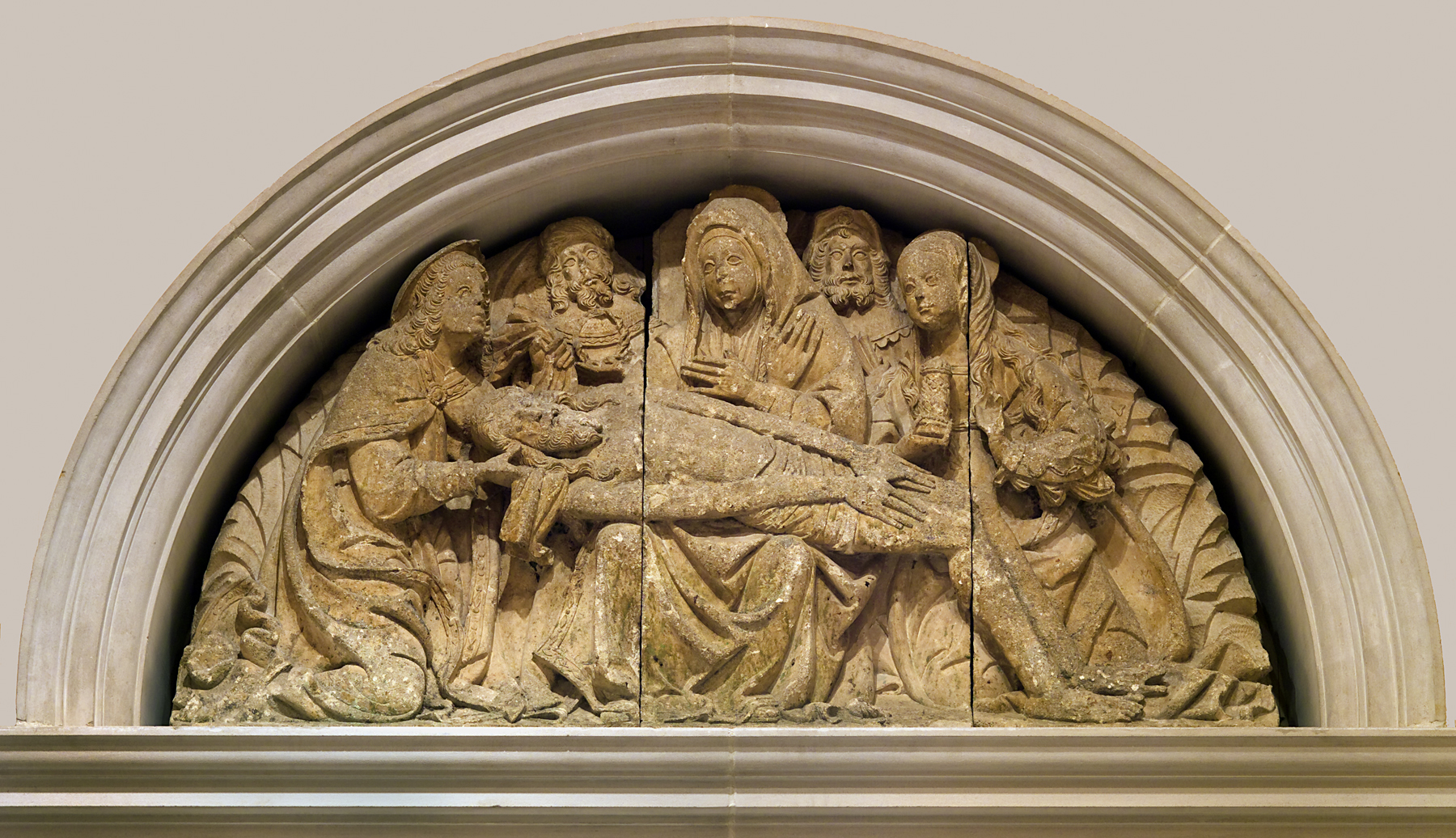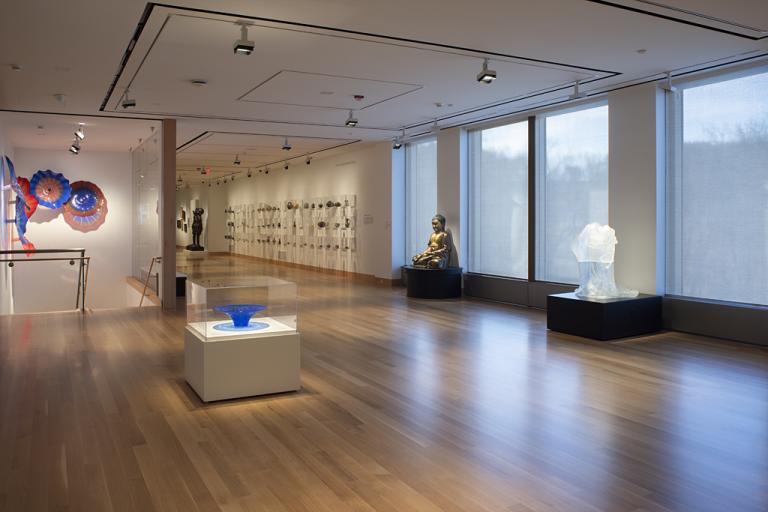Tympanum with the Lamentation (Pieta), Masters of 15th Century Burgos School
Artwork Overview
Tympanum with the Lamentation (Pieta),
circa 1500–1510
Where object was made: Spain
Material/technique: carving; limestone
Dimensions:
Object Height/Width/Depth (Height x Width x Depth): 111 x 205 x 26 cm
Object Height/Width/Depth (Height x Width x Depth): 43 11/16 x 80 11/16 x 10 1/4 in
Weight (Weight): approximately 2100 lbs total for all three parts
Object Height/Width/Depth (Height x Width x Depth): 111 x 205 x 26 cm
Object Height/Width/Depth (Height x Width x Depth): 43 11/16 x 80 11/16 x 10 1/4 in
Weight (Weight): approximately 2100 lbs total for all three parts
Credit line: Museum purchase and partial gift of Edward R. Lubin
Accession number: 1963.0020.a,b,c
On display: Stewart Gallery
If you wish to reproduce this image, please submit an image request



